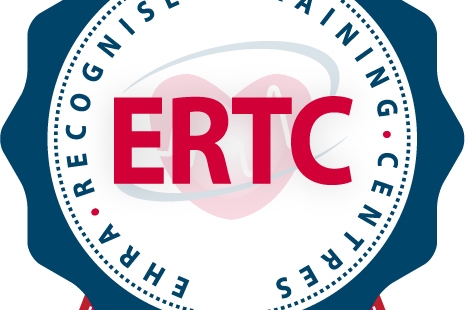Unknown Facts About Understanding the Basics of Employee Retention Tax Credit

Employee Retention Tax Credit (ERTC) is a income tax credit score that was introduced through the federal government to promote businesses to preserve their employees during hard economic opportunities. This tax obligation credit scores makes it possible for eligible companies to declare a amount of the earnings paid to their employees as a credit report against their payroll tax obligations. The ERTC has been improved and increased a number of times since its introduction in March 2020, and it is essential for employers to know the eligibility requirements for this income tax credit rating.
Eligible Employers
To be eligible for the ERTC, an company should satisfy one of two criteria:
1. The employer's business functions were totally or partially put on hold due to government orders related to COVID-19, or
2. The company experienced a considerable decline in gross receipts.
For the very first requirement, an employer's functions might be taken into consideration fully or partially suspended if they were required to shut due to pandemic-related restrictions or if they experienced a substantial decline in business activity as a end result of those constraints.
The second requirement needs companies to illustrate that they have experienced a notable decrease in gross invoices when contrasted along with the very same one-fourth in 2019. A decline of 50% or additional certifies an company for full qualification, while those along with a lot less than 50% but more than 20% can easily profess limited eligibility.
Qualified Employees

Once an company has established their qualification for the ERTC, they should then find out which workers are entitled for this tax obligation credit history. Qualified workers consist of those who:
1. Were hired through the company in the course of the duration of opportunity covered through the ERTC,
2. Were not furloughed or set off in the course of that time period,
3. Had wages paid by their company in the course of that duration, and
4. Are not related celebrations (such as household members) of the owner(s) of the organization.
Earnings Eligible for Credit scores
To calculate the amount of credit report an entitled employer may profess under ERTC, they have to consider the earnings paid to eligible workers during the course of the covered time period. For companies who fulfill the very first standard (limited or full revocation of company operations), all wages spent to entitled workers during the course of the covered period are qualified for credit scores.
For companies who comply with the 2nd standard (substantial decrease in gross slips), simply earnings paid for to eligible employees in the course of a quarter in which disgusting invoices decreased by 20% or even more are qualified for credit rating. The covered time frame for this standard is from March 13, 2020, with December 31, 2021.
Amount of Credit
The volume of credit rating an employer may profess under ERTC is calculated as a portion of qualified earnings spent to qualified workers during the covered duration. For durations between March 13 and December 31, 2020, the credit history price was specified at 50% of qualified wages up to $10,000 every worker every fourth. This indicates that an company could possibly claim up to $5,000 every worker per quarter.
For Check it Out between January and June 30, 2021, the credit scores fee was enhanced to a maximum of 70% of qualified earnings up to $10,000 every worker per one-fourth. This means that an company could assert up to $7,000 every worker per fourth.
For time frames between July and December 31, 2021, the credit report price was better increased to a optimum of 70% of qualified wages up to $10,000 per worker per one-fourth. However, there are actually extra qualifications criteria for this period that have to be complied with before an company can claim this income tax credit rating.
Verdict
In verdict, qualifications requirements for ERTC include meeting either one or both criteria established through the government as well as having qualified employees and paying for them qualified earnings. The amount of tax obligation credit scores that can be asserted varies relying on when it is claimed and what duration it covers. It is vital for employers who strongly believe they might be entitled for this tax obligation credit to speak with along with a qualified tax obligation specialist to make certain they are the right way stating the optimal quantity of credit history offered.
